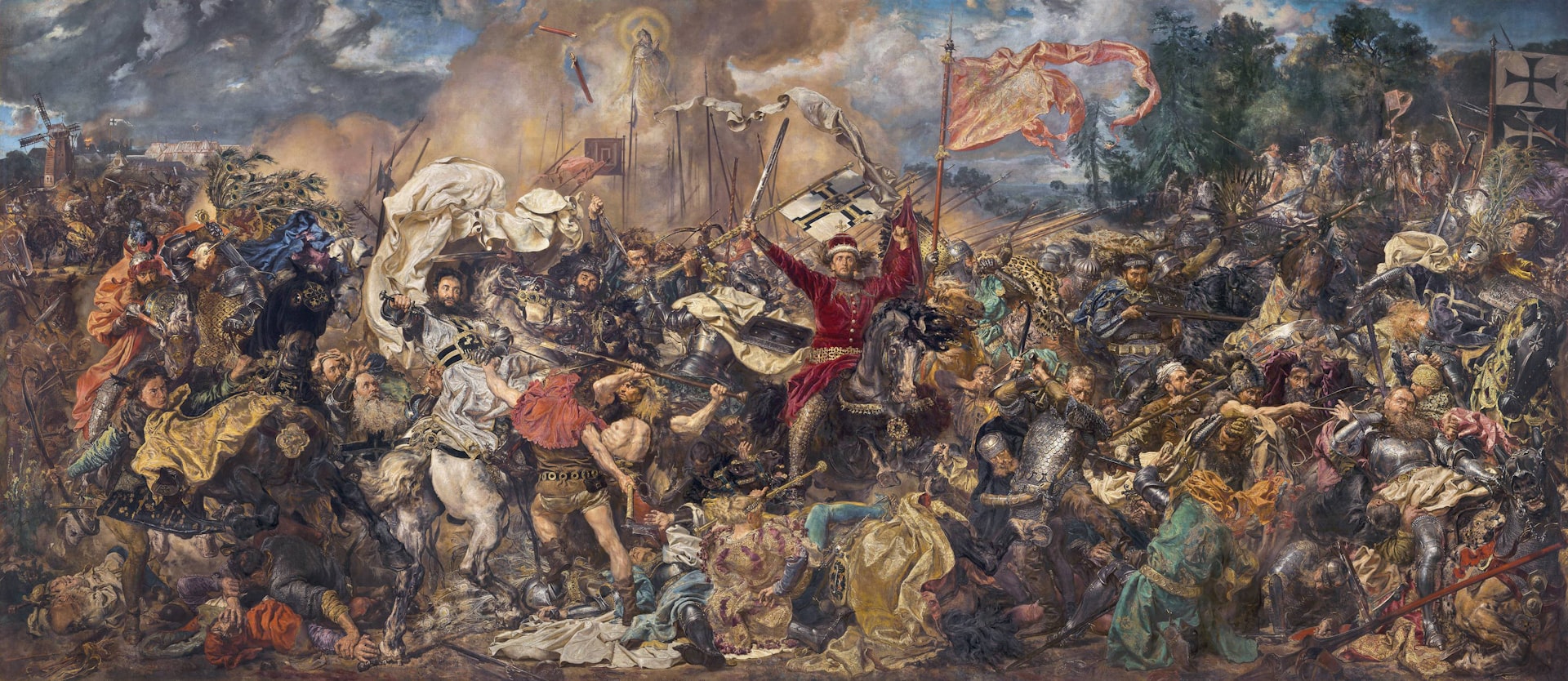Unveiling the Legacy: A Detailed Guide to Ancient Indian Civilization

Photo by Aritra Roy on Unsplash
Introduction to Ancient Indian Civilization
The story of ancient Indian civilization spans thousands of years, encompassing the rise and fall of remarkable cultures, empires, and philosophies that have left an enduring legacy. From the earliest human settlements, through the heights of urban planning in the Indus Valley, to the development of major religions and powerful dynasties, the history of ancient India offers invaluable insights for students, educators, and history enthusiasts alike. This guide provides a thorough, actionable overview of the main periods, key developments, and practical approaches for further study, all grounded in current, verified research.
Chronological Overview: Major Periods and Milestones
Understanding the chronology of ancient Indian civilization is essential for contextualizing its contributions and transformations. Below is an outline of pivotal eras, with descriptions and guidance for deeper exploration:
1. Prehistoric and Protohistoric India (up to 2500 BCE)
Human habitation in the Indian subcontinent dates back to the Paleolithic era, with evidence of hunter-gatherer societies and the gradual domestication of plants and animals. The Neolithic period saw the emergence of agriculture and permanent settlements, notably at sites like Mehrgarh in present-day Pakistan [5] .
How to study this period: Consult archaeological reports from the Archaeological Survey of India or visit local museums displaying stone tools and early artifacts. You may also search reputable academic databases for recent findings about the Mehrgarh and other pre-Indus cultures.
2. Indus Valley Civilization (c. 2500-1700 BCE)
The Indus Valley Civilization (also known as the Harappan Civilization) is notable for its advanced urban planning, elaborate drainage systems, standardized weights, and distant trade links, particularly with Mesopotamia [1] . Major cities like Harappa and Mohenjo-Daro featured grid layouts and sophisticated public utilities.
Practical steps to explore: To gain a deeper understanding, consider visiting digital archives from the UNESCO World Heritage Centre , which covers archaeological sites of the Indus Valley. For in-person research, major museums in India and Pakistan offer exhibits of seals, pottery, and urban artifacts. If you wish to access primary research, search for peer-reviewed papers on Indus script and trade networks through platforms like JSTOR or Google Scholar.
3. Vedic Period (c. 1500-500 BCE)
Following the decline of the Indus Valley Civilization, Indo-Aryan settlers arrived, marking the beginning of the Vedic Age. This era laid the foundation for Hinduism, with the composition of the Vedas-sacred texts in Sanskrit. Society was organized along tribal, clan-based lines, gradually evolving into complex kingdoms [3] .

Photo by Aritra Roy on Unsplash
How to access resources: The Vedas and early Sanskrit literature are available in translation through academic publishers and university libraries. To understand the social and religious context, you can consult educational resources from organizations such as the Encyclopaedia Britannica or university history departments specializing in South Asian studies.
4. Age of Mahajanapadas and the Rise of New Religions (c. 600-300 BCE)
The emergence of sixteen major kingdoms (mahajanapadas) during this period marked increasing urbanization and political complexity. Two major religions-Buddhism, founded by Siddhartha Gautama (the Buddha), and Jainism-arose, emphasizing ethical conduct and spiritual liberation [1] .
Actionable steps: To study this era, seek out university courses or online modules on ancient Indian religions. Visiting Buddhist and Jain archaeological sites, such as Sarnath or Shravanabelagola, can offer tangible connections to this history. Many government and cultural websites provide digital access to inscriptions and relics from this time.
5. Mauryan Empire (c. 322-185 BCE)
The Mauryan Empire, founded by Chandragupta Maurya, unified large parts of the Indian subcontinent. Emperor Ashoka, renowned for his promotion of Buddhism and governance based on moral principles, is a central figure. The Mauryan administration was highly organized, with detailed records of taxes, trade, and infrastructure [1] .
Research recommendations: The World History Encyclopedia offers scholarly articles and references on the Mauryan period. For primary sources, seek translations of Ashoka’s edicts, many of which are available through academic presses or historical archives. Consider visiting the National Museum in New Delhi for artifacts from the Mauryan era.
6. Post-Mauryan Developments and Classical Age (c. 200 BCE-650 CE)
This era witnessed the rise of the Satavahanas, Kushans, and eventually the Gupta Empire. The Gupta period, in particular, is often described as a Golden Age of Indian culture, marked by achievements in science, mathematics, literature, and the arts. The decimal system and concepts fundamental to modern mathematics originated in this period [3] .
How to pursue further study: Resources from academic publishers, such as Cambridge University Press, provide detailed histories of Gupta and post-Gupta India. For an accessible introduction to mathematics and science from this era, consult works by historians of science. Many Indian universities offer online lectures and reading materials on classical Indian achievements.
Key Themes and Contributions
Ancient Indian civilization contributed significantly to global culture. Here are major themes to consider:
- Urban Planning: The Indus Valley’s cities set early standards for sanitation and civic organization.
- Religious Philosophy: The Vedic, Buddhist, and Jain traditions developed influential ideas about ethics, cosmology, and society.
- Language and Literature: Sanskrit emerged as a major classical language, producing a vast corpus of literature, philosophy, and drama.
- Science and Mathematics: Innovations like the concept of zero, the decimal system, and early medical treatises laid foundations for future advances.
- Political Organization: The evolution from tribal chiefdoms to large empires showcased adaptability and administrative sophistication.
Accessing Resources and Further Study
Genuine, authoritative information about ancient Indian civilization is available through multiple channels. Here are actionable steps for deepening your study:
- Research Verified Online Encyclopedias: Use platforms like the World History Encyclopedia and Britannica for reliable overviews and scholarly references.
- Consult Academic Journals: Search for peer-reviewed articles on platforms such as JSTOR or Google Scholar. Use keywords like “Indus Valley Civilization”, “Vedic period”, or “Mauryan Empire” for targeted results.
- Visit Museums and Archaeological Sites: Major museums in India, such as the National Museum (New Delhi), Chhatrapati Shivaji Maharaj Vastu Sangrahalaya (Mumbai), and the Indian Museum (Kolkata), house extensive collections of ancient artifacts. For site visits, check for access updates on official government tourism portals or museum websites.
- Engage with University Programs: Many universities worldwide offer courses in South Asian studies. Consider contacting their history or archaeology departments for recommended reading or online course offerings.
- Explore Government and Cultural Portals: The Archaeological Survey of India and the Ministry of Culture frequently update the public with recent discoveries and digitized archives. Visit their official websites for the latest news and study opportunities.
Challenges and Solutions in Research
Researching ancient Indian history poses some challenges:
- Undeciphered Scripts: The Harappan script remains undeciphered, making some aspects of Indus Valley culture speculative. Rely on archaeological evidence and cross-cultural studies for insights.
- Fragmentary Evidence: Many ancient texts and artifacts have been lost or damaged over time. To address this, consult multiple sources and prioritize recent, peer-reviewed studies that synthesize available data.
- Myth and History: Early Indian history often blends mythological and historical elements. Use critical methodologies and compare sources to distinguish between legend and verifiable fact.
Alternative Approaches and Pathways
If formal academic study is not accessible, consider these alternatives:
- Public Lectures and Documentaries: Many universities and cultural organizations offer free lectures and documentaries on ancient Indian civilization. Search for talks by leading historians on platforms like YouTube or university open courseware pages.
- Local Libraries and Digital Archives: Public and university libraries often have specialized collections. Librarians can recommend the most up-to-date and authoritative works.
- Community Groups: Join historical societies or online forums dedicated to South Asian history for discussion and resource sharing.
Conclusion
The history of ancient Indian civilization is a vast, dynamic field that continues to reveal new insights. Whether exploring the mysteries of the Indus Valley, tracing the evolution of religious philosophy, or examining the rise and fall of great empires, there are countless avenues for learning. By leveraging verified resources, academic guidance, and critical research methods, you can build a nuanced, evidence-based understanding of this foundational era in world history.
References
- [1] TimeMaps (2024). Ancient India: Civilization and History.
- [2] World History Encyclopedia (2024). Timeline: India.
- [3] Q-files (2024). Timeline of Indian History.
- [4] Education Province (2024). India’s Ancient History Timeline.
- [5] Testbook (2024). Indian History Timeline: Ancient, Medieval & Modern.



